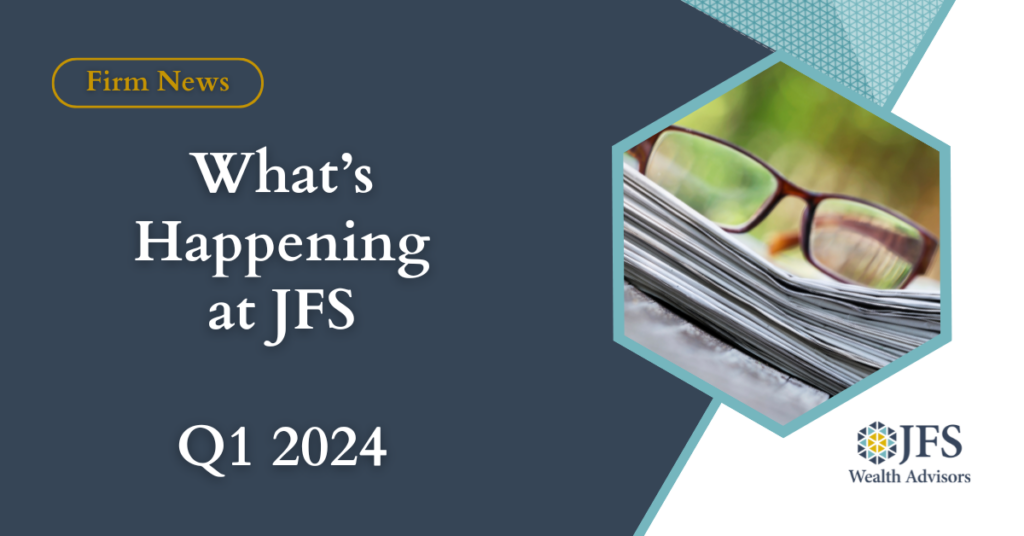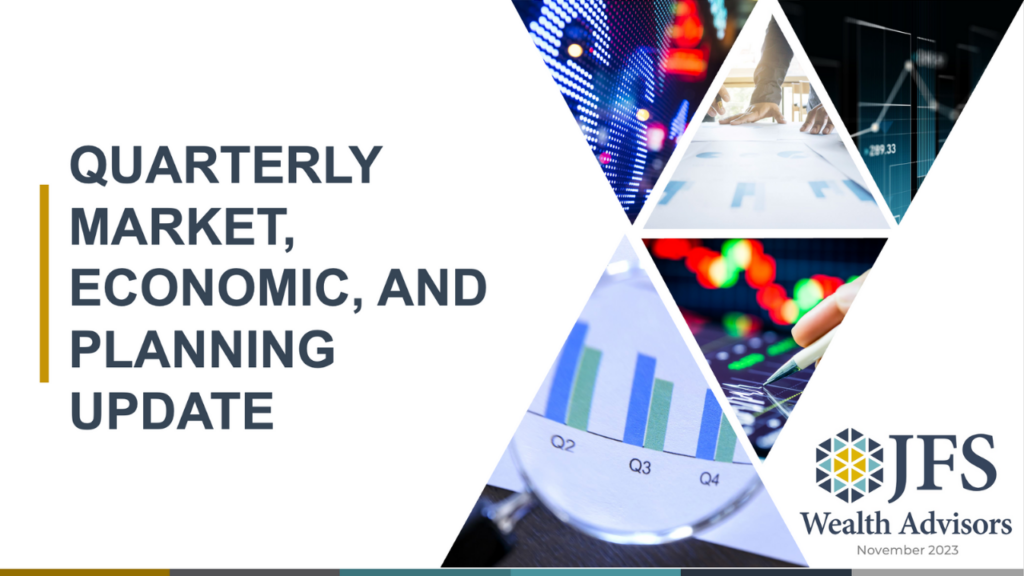According to the Employee Benefit Research Institute’s 2019 Retirement Confidence Survey, more than 40% of workers retired earlier than planned, mostly due to a health issue, disability, or changes within their organization. The sweeping impact of COVID-19 is likely to boost that statistic, as many more face the predicament of leaving the workforce earlier than expected.
Millions of workers across travel, leisure, and hospitality industries are among the hardest hit. The top three U.S. airlines have begun offering voluntary separation options to thousands of employees in an attempt to avoid widespread furloughs later in the year.
Even those who’ve considered themselves financially stable and well on track for a fruitful retirement can feel overwhelmed with a new set of decisions to make. And, these decisions sometimes have a short window, with long-lasting impact. With the impending changes to your financial situation, where do you start? How can you make the best decisions in your circumstances? Consider the following.
What are my Healthcare Options?
With pre-pandemic costs of healthcare already on the rise, the number of employers offering medical coverage to their retirees continues to dwindle. Some employers may offer continued coverage for a certain period of time after you leave, or until you reach age 65 and Medicare kicks in.
If extended coverage isn’t offered, other options include:
- Continuation of Health Coverage (COBRA).
- Dependent coverage through your spouse’s employer-sponsored plan.
- Private policy through the Health Insurance Marketplace, healthcare.gov.
While open enrollment for private plans begins in November, losing health coverage through your employer often qualifies you for a Special Enrollment Period. You’ll need to complete an application with your estimated income for the year, including interest income, capital gains, unemployment income, and withdrawals from retirement plans. Depending on household income, you may also qualify for premium tax credits (PTC), which could significantly reduce your monthly insurance premiums.
Defined Contribution Plans – Including 401(k)’s and ROTH 401(k)’s
Some retirement plans may allow you to take your full account balance when you separate from service. This is ultimately determined by the language in official retirement plan documents, so you’ll want to review them carefully, or have an Advisor do this for you.
Depending on your account balance, your options may include:
- Keep the funds in your current retirement plan.
- Transfer your remaining balance to another qualified retirement account.
- Rollover the funds into an Individual Retirement Account (IRA) to continue tax-deferred growth.
- Begin taking withdrawals. Depending on your age, you may be eligible to take an income distribution from your workplace 401(k), or other employer-sponsored retirement plan, without paying an additional 10% tax for early withdrawals.
What about Pensions?
While increasingly rare, pensions do still exist, and come with their own unique set of considerations. In general, you may have the choice to take a lump-sum or regular annuity payments with two or more different annuity options ― what you decide should ultimately depend on current and future income needs, encompassing all available resources and a holistic financial forecast.
With traditional pension plans, the retirement benefits you receive are based on your annual salary, age, and years of service. To receive the maximum benefits, you must typically work until your company’s normal retirement age. Thus, you may receive smaller benefits if you’re forced to retire early. The difference in full and partial benefits could be large, so you’ll need to be sure any potential gaps are addressed with other sources of income or assets that have been accumulated.
Revisiting Your Asset Allocation
Your investment portfolio’s asset allocation ― how your money is spread among stocks, bonds, cash, and other assets ― is critical to how you’ll fund your short and long-term goals, depending on your time horizon and risk tolerance.
A couple rules of thumb about asset allocation:
- Stocks have the highest reward potential, but also the highest risk, as they’re most vulnerable to large market swings.
- Bonds and cash may not provide aggressive long-term growth, but can offer the stability of regular income for living expenses.
Getting this asset allocation optimized for your individual circumstances is among the highest value services that an Advisor can provide. Establishing your ideal asset allocation isn’t a one-time decision; you’ll want to regularly discuss this with your Advisor, and revisit your choices to see if your portfolio is still working to meet your goals.
Because you’re retiring earlier than expected, you’ll need to ensure your portfolio is constructed to meet your changing cash-flow needs, since your savings will likely need to stretch longer than initially planned. That is, of course, unless you plan on searching for another job, which also can impact your probability of reaching your retirement goals.
Planning Your Next Steps
Being presented with an involuntary retirement is undoubtedly stressful – you’re faced with incredibly important decisions in an uncertain environment, and usually have limited time to make decisions with long-lasting impact. But despite the inability to predict future events, we all have more control than we think… if we consult a competent partner to help us plan for twists and turns in the road ahead.
Do you know how much money you’ll need to maintain your current lifestyle, or to enjoy the picture of retirement you have in mind (travel, philanthropy, spoiling your grandkids)? An independent fiduciary advisor can help you look at your options in context of your entire financial picture, recommend the strategies most appropriate for your current situation, and help you maximize opportunities ahead.
You may have been thrown an unexpected curveball, but that doesn’t mean you can’t hit the pitch and own your retirement – contact our wealth management team to help you get out in front of the challenge and tackle it.




















